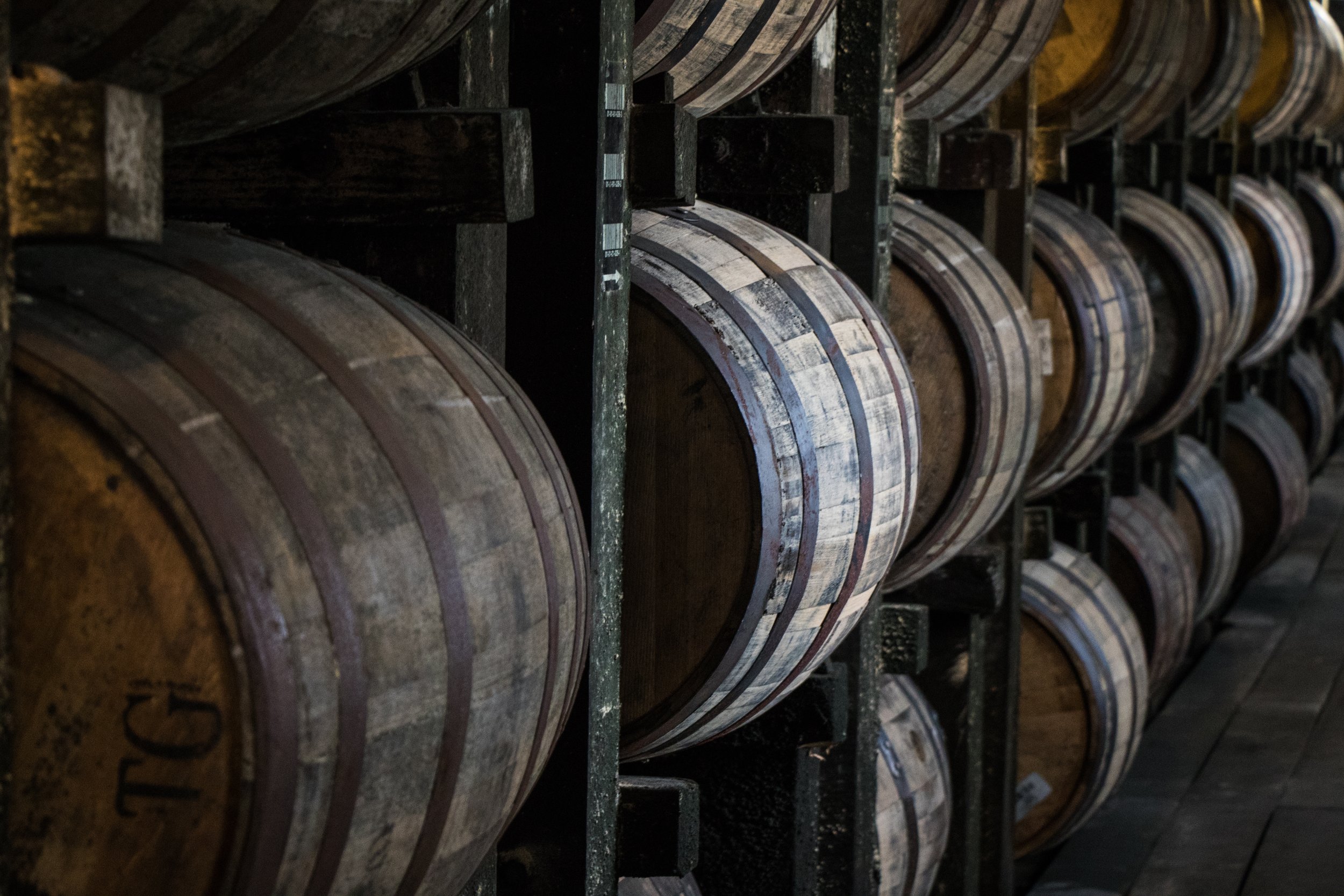Lessons of the Barrel: Bourbon and Branding (Part 3)
In the first two parts of this series (part 1, part 2) on bourbon and branding, we discussed how bourbon was forced to find a new way to stand out on the national and global stage amid lagging returns in the ‘80s and ‘90s, and how individual bourbon brands then needed to find ways to stand out amongst themselves. In this final part, we’ll take an overview look at where Kentucky bourbon now stands on the national and global stage.
While bourbon production goes beyond the state of Kentucky (yes, it can be made elsewhere, but no, it cannot be produced outside the United States), the angel’s share of it (and more) resides here in the Bluegrass. As such, it is Kentucky’s crown jewel in both artistry and monetary return. Despite a growing number of craft distilleries popping up around the nation, 95% of the world’s bourbon is still made in Kentucky. According to the Kentucky Distiller’s Association (KDA), as of 2021, there were a total of 10.3 million barrels of bourbon aging within the Commonwealth, which is more than two barrels per person in the state. That’s more than enough to make for a great party. The KDA further states that production of bourbon has risen 360% since the turn of the century. If you’ll recall from parts one and two of this series, that’s about when the effects of the push for premium and single-barrel bourbons truly began to take hold.
That incredible growth hasn’t stagnated. A 2009 KDA study of the Kentucky distilling industry identified “19 distilling establishments in eight counties, directly supporting about 3,000 jobs.” Their latest study, from 2021, identified “95 establishments in 40 counties, employing approximately 6,000 people.” That’s an incredible, sustained leap over a twelve-year period.
Bourbon’s global standing is represented in these booming numbers as well. According to this same study, Kentucky exported $319 million worth of whiskey products in 2020 (the vast majority of which was bourbon), which, incredibly, was down considerably from a record-breaking $488.6 million in 2019. However, it would be tempting but misguided to conclude that the global interest in bourbon had begun to evaporate somewhere between 2019 and 2020. The truth is that the decline in numbers was a direct result of tariffs placed on the US by the European Union and China. Even with these stifling measures in place, that “quaint” $319 million worth of exports was triple what left the bluegrass’s borders twenty years earlier in the year 2000. Going forward, that number promises to rebound as the European tariffs have been lifted.
On a local level, bourbon provides Kentucky with over 21,000 jobs and produces over $1 billion annually in payroll, making for an overall $8.6 billion industry. And the flow of this industry, which was once a slow drip threatening to dry up altogether, is now a deluge. More than $2.3 billion worth of capital projects have been recently completed or are set to move forward over the next half-decade, with projects ranging from distilling facilities to bourbon tourism hubs.
The stark contrast in complexion the industry has taken from the 1980s until now makes it clear that the decisive moves made by Kentucky distillers to stand out rather than blend into the global spirits scene have paid potent dividends. There have been missteps along the way (looking at you, Frost 8/80), but the premium single barrels, distinctive high-end bottlings, and signature-red-wax type thinking have sealed bourbon’s place among the globally elite products. Not only does bourbon give Kentucky a vessel to spread her unique beauty all over the globe, but it also lifts the state in tangible, monetary ways that will benefit generations to come.
That’s worth at least one cheers from every Kentuckian. Maybe two.
